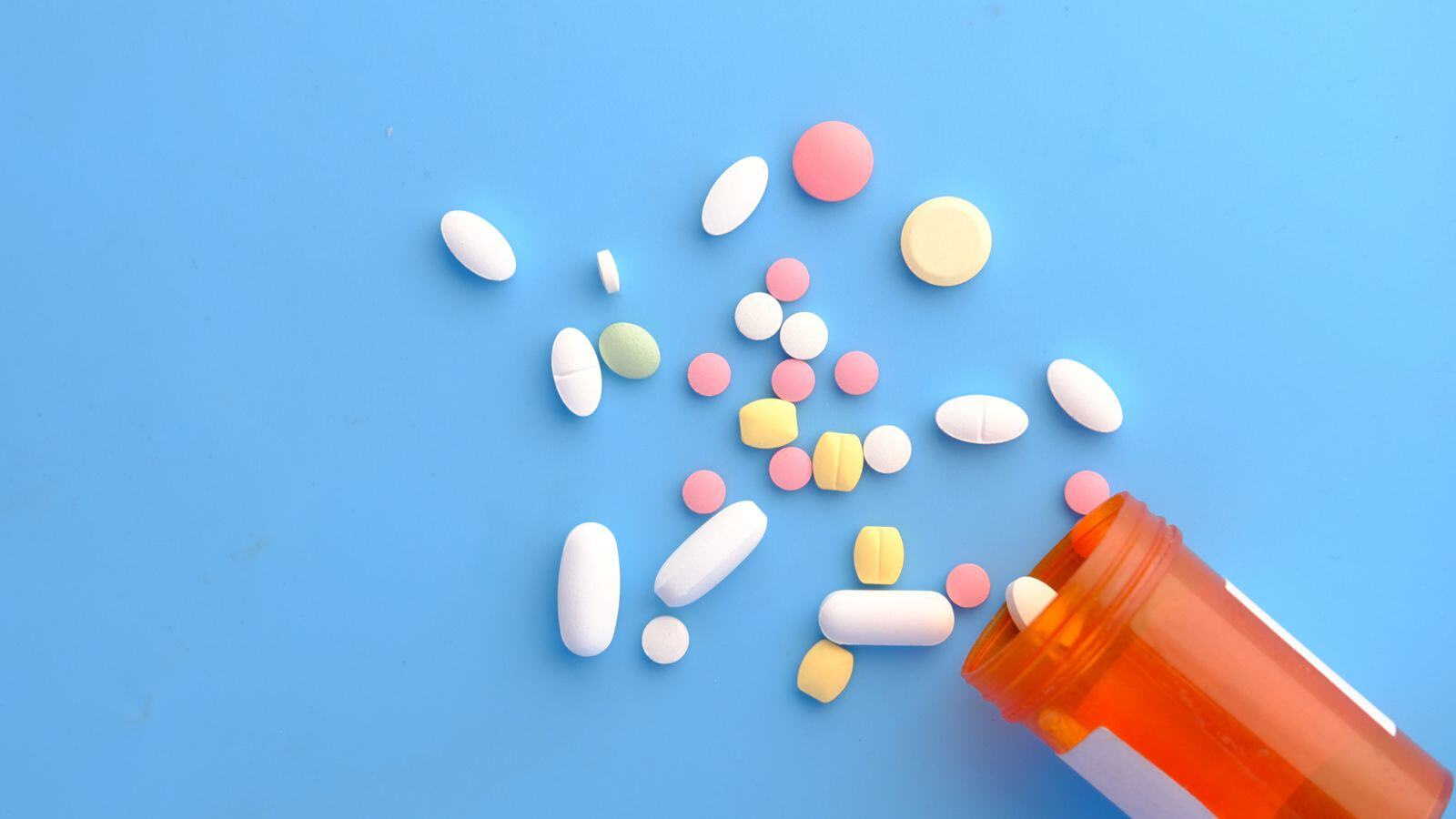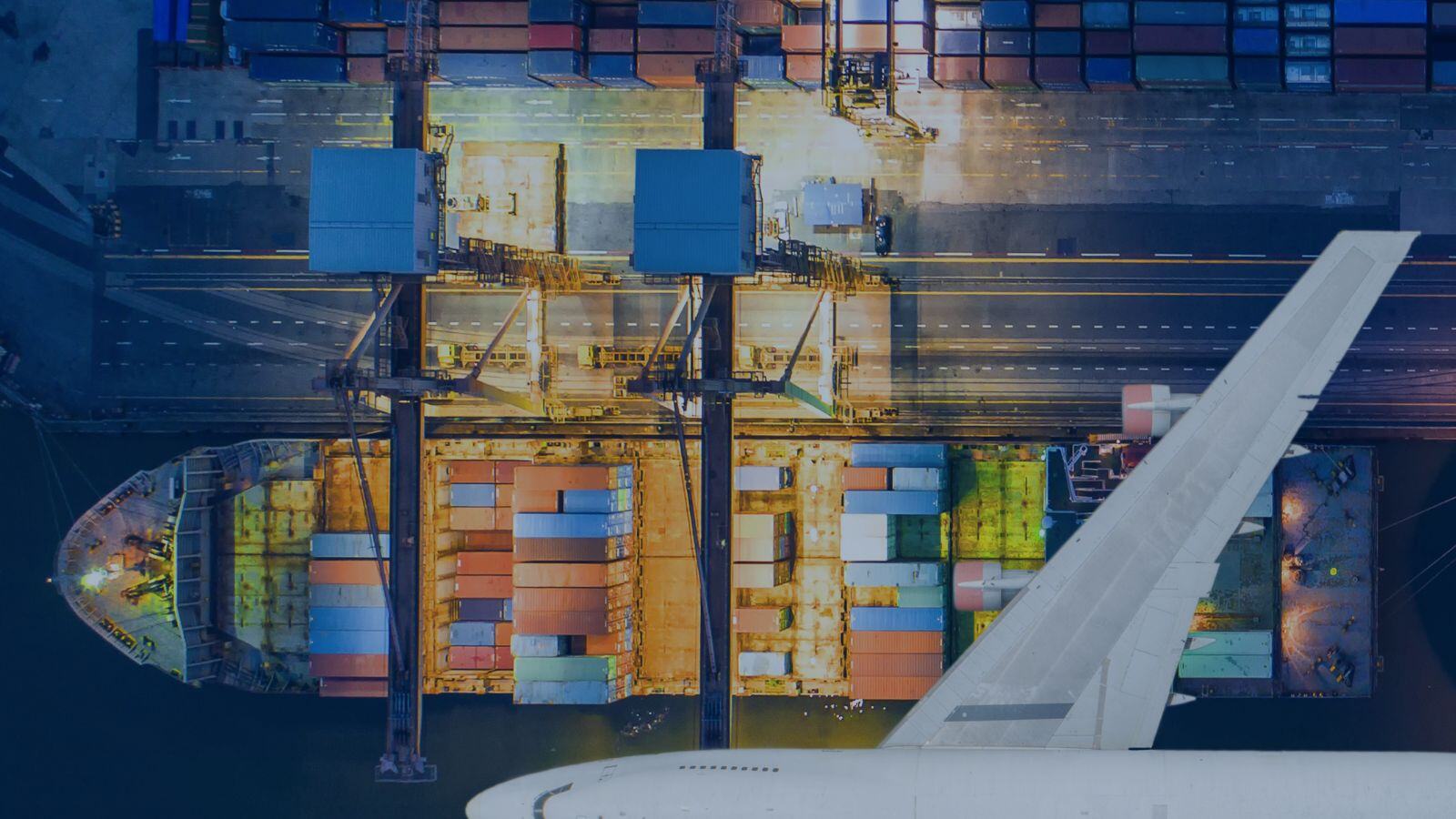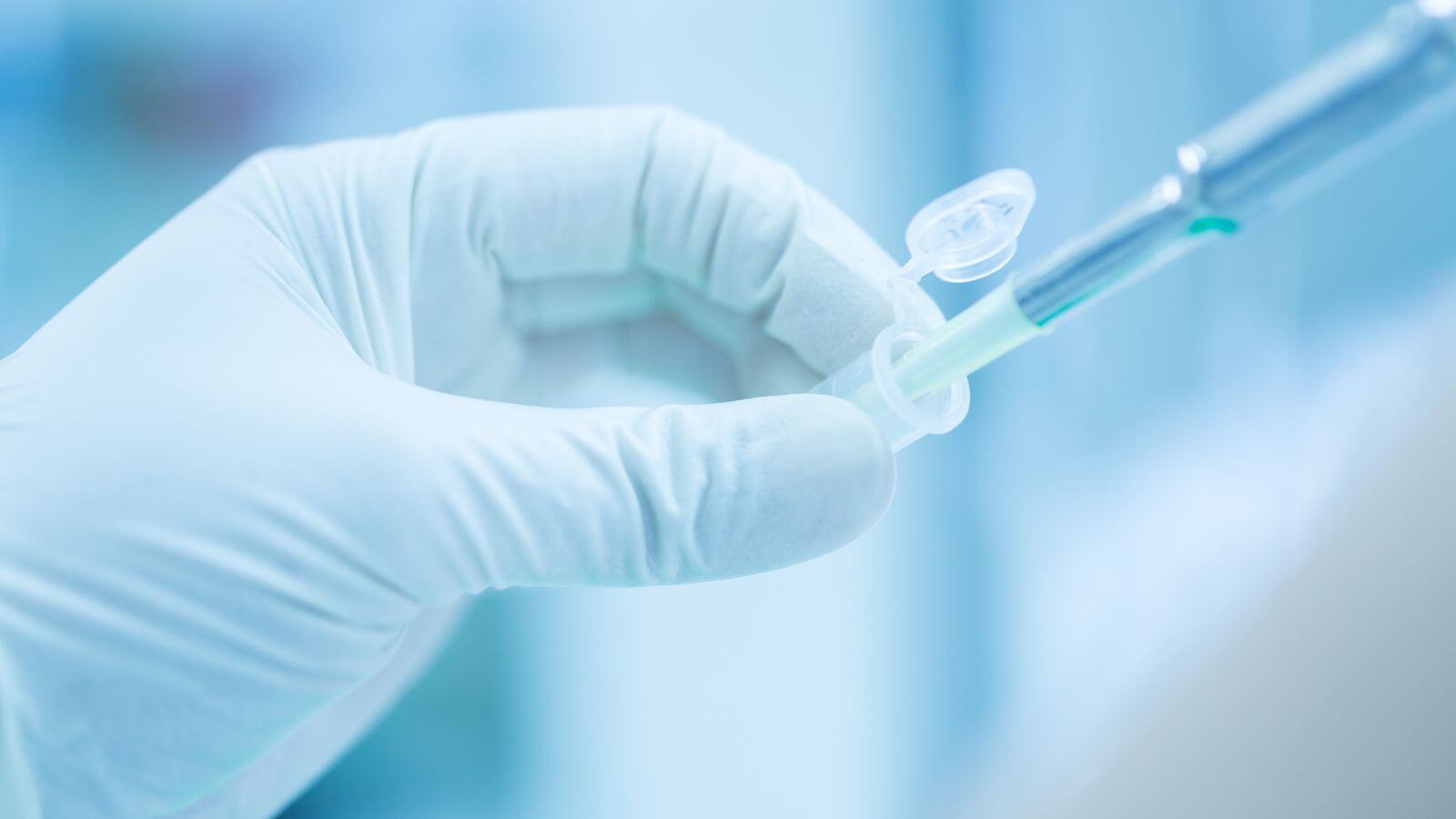Qualified Persons (QPs) play a crucial role in ensuring that medicinal products imported into the European Union (EU) meet Good Manufacturing Practice (GMP) requirements.
For products manufactured outside the EU, compliance with EU-GMP is not just a formality, it’s a critical safeguard for patient safety and a legal prerequisite for market access.
This article outlines the key responsibilities of QPs in this context, with a focus on compliance with EU GMP guidelines, including Annex 16 and Annex 21, as well as other essential regulatory considerations.
EU GMP compliance framework
The EU requires all medicinal products — regardless of origin — to comply with EU-GMP regulations. For medicinal products manufactured outside the EU (often referred to as third countries), the following regulatory documents are especially relevant:
These documents establish clear obligations for ensuring product quality, safety, and efficacy before a batch is released for sale or supply within the EU.
In some cases, a Mutual Recognition Agreement (MRA) is in place between the EU and specific non-EU countries. These MRAs allow the EU to recognize GMP inspections and certifications performed by the regulatory authorities of the partner country.
This streamlines the importation process by reducing or eliminating the need for duplicate inspections and testing within the EU.
However, even where an MRA exists, the Qualified Person remains fully responsible for ensuring that each batch meets EU requirements. In the absence of an MRA, the QP must implement additional testing and verification steps to guarantee compliance with EU regulations.
Annex 16: certification and batch release
Annex 16 outlines the QP’s responsibilities in the certification and release of medicinal product batches. When dealing with non-EU manufactured products, the QP must ensure the following:
-
The batch complies with its Marketing Authorization (MA).
-
All manufacturing and quality control (QC) activities were conducted in accordance with GMP and the approved regulatory dossier.
-
Adequate technical and regulatory oversight has been exercised, including audits of the third-country manufacturing site.
Importantly, when the manufacturing site is located in a country without an MRA, additional testing within the EU is required before the batch can be released.
Annex 21: importation of medicinal products
Introduced to clarify and standardize importation requirements, Annex 21 defines the roles and responsibilities of both the importer and the QP.
Key provisions include:
For applications where higher detection limits are acceptable, ICP-OES provides a cost-effective and efficient solution with several key advantages:
- Importation must take place through an EU-licensed site with a valid Manufacturer’s/Importer’s Authorization (MIA).
- The QP must maintain oversight of all supply chain activities, including transportation and storage conditions.
- GMP inspections and audits must be conducted to verify the GMP compliance of the foreign manufacturer.
- The QP must have access to critical documentation, such as batch records, certificates of analysis (CoAs), and deviation reports.
These provisions ensure that the QP remains in control of product quality and regulatory compliance, even when manufacturing is outsourced internationally.
Retesting in QC when no MRA is in place
When a medicinal product is manufactured in a country that lacks an MRA with the EU, additional quality control (QC) testing becomes mandatory before the batch can be released.
This includes:
Full QC testing
The batch must be tested in an EU-based facility to confirm compliance with the specifications outlined in the MA.
Analytical methods
Testing must employ validated methods in line with pharmacopoeial standards or approved in-house specifications.
Comparability of results
The QP is responsible for comparing test results from both the non-EU manufacturer and the EU-based laboratory to identify any discrepancies.
Stability considerations
Where relevant, further stability testing may be required to ensure product quality is preserved during importation and storage.
Sampling requirements
A representative number of samples must be collected and analyzed to ensure statistical reliability.
Microbiological and chemical testing
In cases involving sterility or impurity risks, extra microbiological and chemical analyses may be necessary.
Documentary evidence
The QP must review a full dossier of all QC tests—including raw data, CoAs, and deviation reports—before certifying the batch.
These extra testing steps help ensure compliance with EU standards and reduce the risks associated with relying solely on non-EU manufacturing oversight.
If persistent discrepancies arise between non-EU and EU results, the QP may need to take further action, such as initiating site audits, retraining personnel, or submitting additional documentation to regulators.
Other key considerations
Beyond Annexes 16 and 21, QPs must remain alert to several broader regulatory factors:
- Data integrity requirements: All paper-based and electronic records must be reliable, traceable, and compliant with applicable standards.
- Supply chain security: Measures must be in place to prevent falsification, adulteration, or any other form of product tampering.
- Pharmacovigilance compliance: Systems must be in place to ensure that adverse event reports are properly recorded and submitted as required.
Conclusion: ensuring compliance, protecting patients
The role of the QP in verifying GMP compliance for non-EU manufactured products is central to protecting public health and upholding the integrity of the EU pharmaceutical supply chain.
By adhering to Annex 16 and Annex 21, and considering the broader regulatory landscape, QPs ensure that only fully compliant batches are released to market.
This rigorous process is more than a legal obligation — it’s a critical safeguard for patient safety and product quality.
Need support with EU batch release or QP oversight for non-EU products?
Our experts help pharmaceutical companies meet regulatory requirements with confidence. Let’s ensure your products reach the EU market—fully compliant, fully prepared.







.png?width=109&height=108&name=Pharma%20(2).png)
.png?width=111&height=108&name=Medical%20Devices%20(2).png)
.png?width=84&height=107&name=IVD%20(2).png)



.png)








